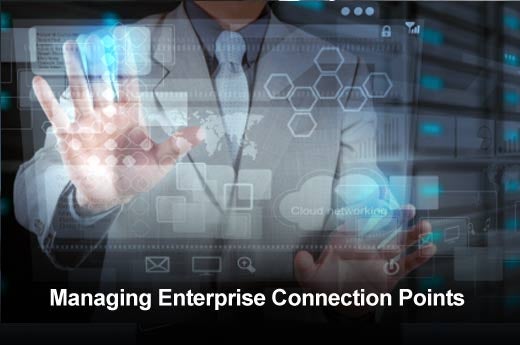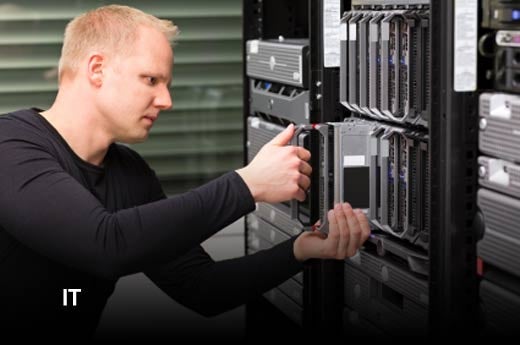A huge shift is taking place in the complexity and composition of today’s enterprise communications. What was once fairly straightforward — fixed phone and data connections — has evolved to include large data pipes, a plethora of mobile connections, laptops, smartphones, tablets, machines, telematics, cloud services…and more. Each of these “connection points” has helped enterprises interact more effectively — with customers, users, and other devices — but has also added to the complexity of an already intricate infrastructure. Increased end-user adoption and improvements in productivity might increase, but so do the levels of risk and responsibility.
Out of this change the “connected enterprise” is born. This is the next-generation organization that embraces the potential of these disparate connection points to address strategy, risks, expense, productivity, and innovation across the organization.
The first step in harnessing the power and potential of the connected enterprise is a thorough understanding of the types of connections currently being utilized within your organization. Here are the five most common connections points that organizations should be managing and/or preparing to manage, as identified by Tangoe.
Click through for the five most common connection points in the enterprise and tips on how best to manage them, as identified by Tangoe.
Fixed connections range from phone lines to Big Data and drive a large part of today’s business. Enterprises commit significant material resources and budget to support their fixed infrastructure backbone. While fixed may be overtaken by mobile in the short term, fixed connections within the enterprise will not be going away any time soon. Organizations need to ensure that they are utilizing their fixed assets in a strategic capacity, while effectively managing global logistics and maximizing their value.
Mobile computing is rapidly approaching key saturation levels, with some experts predicting mobile Internet use overtaking fixed by 2014. Regardless of form factor or connection type, enterprises are realizing the value of the mobile computing platform in driving enterprise strategy, innovation and productivity. As mobile devices begin to be relied upon more within the enterprise, mobility support requirements will increase as well.
Machine-to-machine (M2M) describes sensors on devices sending data back to servers to be translated into useful action. M2M applications can include machines monitoring a fleet of trucks for service intervals, fraud or misuse. For retailers, it can mean signaling the distribution network about low stock so delivery personnel can meet real-time needs based on real-time efficient routing. Your machine solution must support your business goals, but your connection solution must also support your machines and the lifecycle required to keep your business running.
Cloud is quickly penetrating the enterprise IT infrastructure, primarily via backbone services like storage, application development frameworks for custom apps, cloud applications and outsourced business processes. Examples include Salesforce.com, Concur, Amazon Cloud Services and many more. Lack of oversight over the enterprise’s cloud solutions can lead to multiple unused or redundant seat licenses, runaway usage, and a resulting increase in costs. Organizations should adopt processes to govern the entire lifecycle of support to ensure they are driving a strategy, on-boarding according to policy, managing usage and security of the services, paying for what they buy, charging back to the appropriate internal consumers, and providing ongoing support.
While enterprises will be increasingly challenged with managing the interplay amongst IT and cloud, IT in and of itself is a commodity within the enterprise and needs to be managed as such. Equipment (from PCs and laptops to servers and switches) needs to be inventoried, deployed and managed individually and as part of the network infrastructure; enterprise software must be strictly controlled to manage license costs, ensure compatibility and version control, and minimize risk while still performing a specific task; IT services (outsourced initiatives, app management, help desk support) can exist in silos but must be monitored and managed in the larger context of quality of services and overall business impact.
Global organizations who want to successfully navigate the communications shift underway must manage current and new technologies as a whole in order to improve productivity, lower risks, and reduce costs. A truly connected enterprise will require and rely upon an environment that is always on, always available, and always “now” — ready, willing, and able to address all critical global connection needs instantly.









